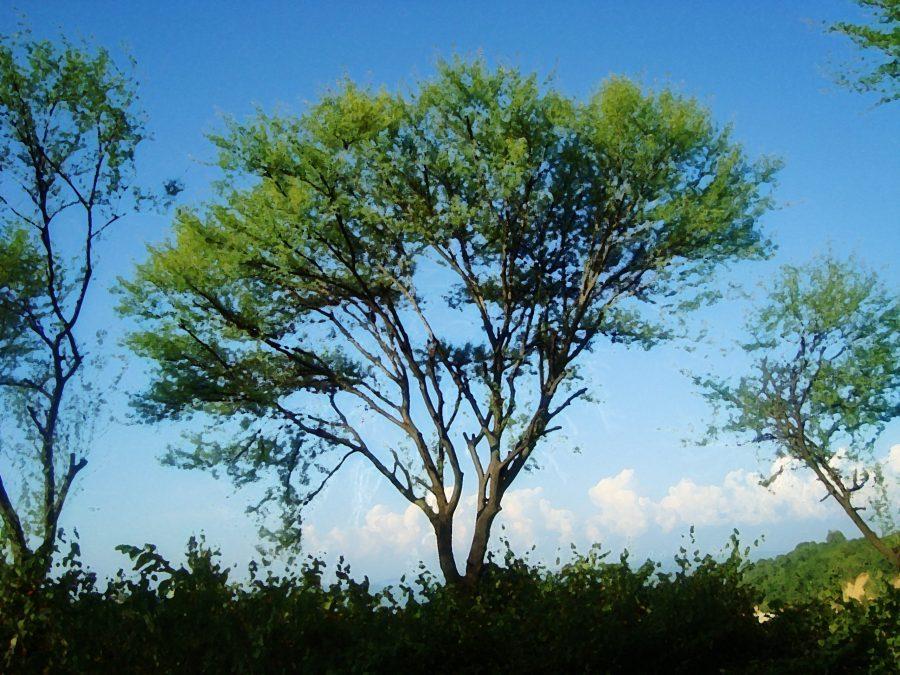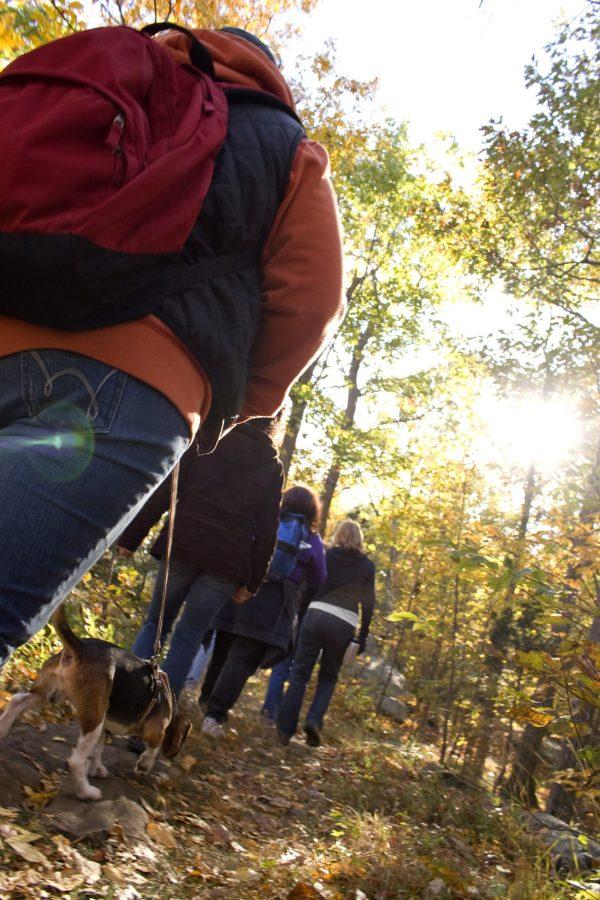Sponsored Content
These days, hiking has grown in popularity as a way to challenge your athleticism in the great outdoors or a way to have some fun with friends. Whether or not you’re an expert who’s been hiking for years or you’re new to the activity, it’s important to do some research on what to do if certain weather conditions or topographical hazards arise during your hike. Here is a basic guide to what you should do in certain situations.
Crossing rivers
Rivers can be dangerous because they can be very deceptive with how strong the current is and how deep the water goes. The best thing to do is to avoid it all together by finding a bridge to cross or just sticking to your side of the river.
Thunderstorms
Pay attention to weather forecasts for thunderstorm predictions in the area you want to hike. You can also predict if a thunderstorm is coming with a little bit of experience learning the signs for an oncoming storm. These include learning cloud formations, wind speed and direction and barometric pressure.
If you are caught in a thunderstorm, avoid high areas like the top of a mountain or underneath a tree. Stay low to the ground and avoid clearings where you would be the tallest thing in them. Watch for flying debris and stay away from trees that seem to be weak. Seek shelter in a vehicle or man-made shelter. If you aren’t around those, crouch or knee on the ground, get as small as you can while keeping as much of your body off the ground as you can.
Snow
If you’re in an area with snow or is expecting snow, pack extra layers to avoid hypothermia. Try to stay away from areas where an avalanche could occur like the bottom of a mountain covered in heavy snow. Also bring a map and GPS unit in case you get lost because any route can look very different covered in snow.
Avalanches/landslides
Don’t climb up the middle of a steep incline because avalanches and landslides will move towards the middle of the incline as they move downhill. If you’re caught in one, grab a sturdy tree to avoid being pulled down. Swim uphill and paddle hard to try and stay on top of the avalanche or landslide. If you are buried, remain calm and deeply inhale to create more room for you to breathe with your chest.








